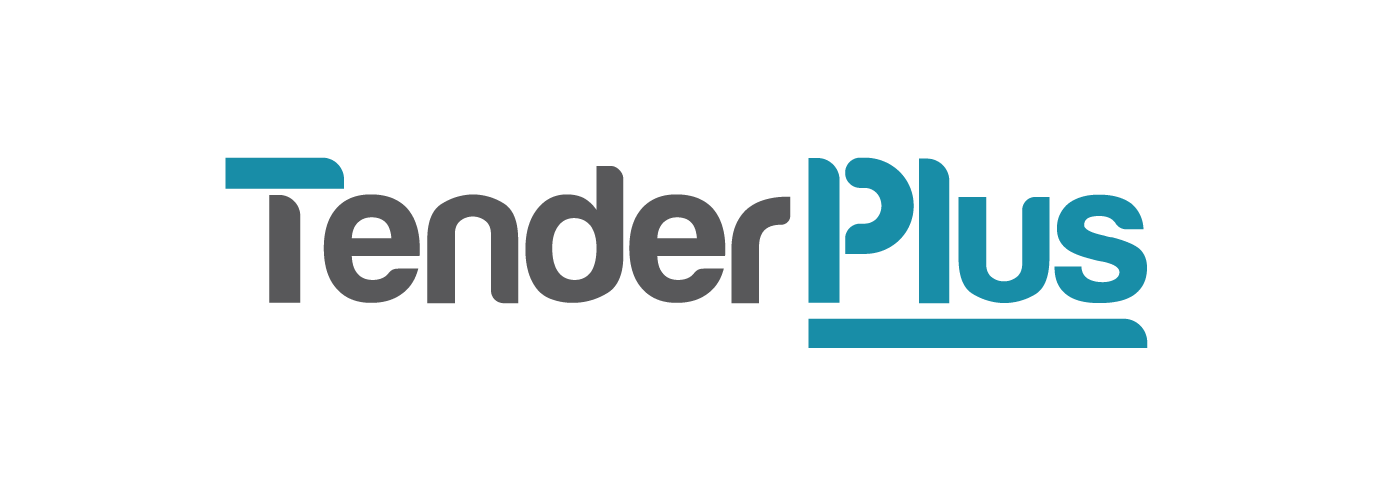This is not the hill I am willing to die on
When personal preference stops adding value and starts to jeopardise your submission.
3 min read
I will do everything within my power to ensure that the submissions I work on are of the highest possible quality. However, the closer you get to your submission deadline, the more difficult and riskier it is to make large sweeping changes consistently across all the documents. I can and will make changes, but we need to assess if the changes are necessary, add value and are worth the risk.
‘Not a hill I am willing to die on’ is an expression that I have used in some challenging tendering situations, particularly when the deadline is looming. Tender spirits please send guidance, we are in danger! Although you want to defend your hill from attack, doing so would be unwise given the much stronger enemy, and this hill is not so crucial that you should give up your life for it.
The GST was left off the price, let’s get in there and change that ASAP! The name of our bid winning, silver bullet solution has changed, quick, let me do a find and replace for you! A client addendum has been released and we need to reduce the font size by one point to be compliant, I will wake the formatter from their sleep STAT!
When it comes to tendering and making changes to your nearly final schedules, we need to determine whether to defend the hill or make a tactical retreat and win the war. Consider if:
The change you want to make is a personal preference or bias (your hill)
The change will require so much rework that you are endangering your entire submission attempting to implement the change before the deadline (the enemy), and
The change will not add significant value to the submission, so it is not worth the risk of missing the cut off (your life).
Some last-minute requests I have classified as the hill not worth defending are:
“Can we change all the bullet points to have semicolons at the end? That’s the way I have always done it”
“What font have we used? I prefer Calibri to Arial”, and
“Would the titles in all the graphics be better in all lower case? I’m not fond of caps”.
Some great and effective processes you can use to ensure alignment at the start of the tender and reduce the danger of last-minute non-essential changes include:
Providing a style guide and returnable schedule template. The template demonstrates how we will approach the submission, in-line with proposal requirements, and ensure consistency across all the documents. This is your opportunity to provide feedback, such as identifying your preference for bullet points, font, or text alignment. Once approved, the template will be replicated throughout the proposal.
Designing a graphics concept for your submission and gaining your approval of the design including, colours, cover pages, headers, footers, and content graphics. This is your juncture to provide input into your overall theme. If you approve a concept with caps, this will appear throughout the tender, and
Setting Bronze, Silver and Gold reviews to provide set intervals for constructive feedback. If your requested change wasn’t identified at one of the review stages, is it a deal-breaker that needs to be addressed at the final page turn an hour before submission?
Final, and last minute, changes can and do happen. But as each one comes through, I always seize the moment to ask myself – is this the hill, the enemy or my life? I would much rather see your compliant and compelling proposal safely submitted on time to your client than miss the deadline making a non-crucial change.
Finalising your submission and seeing it submitted on time is the high ground I am willing to defend.
